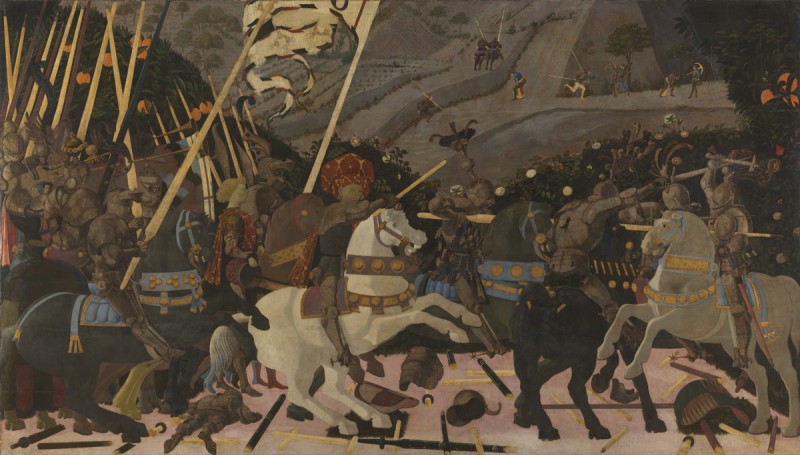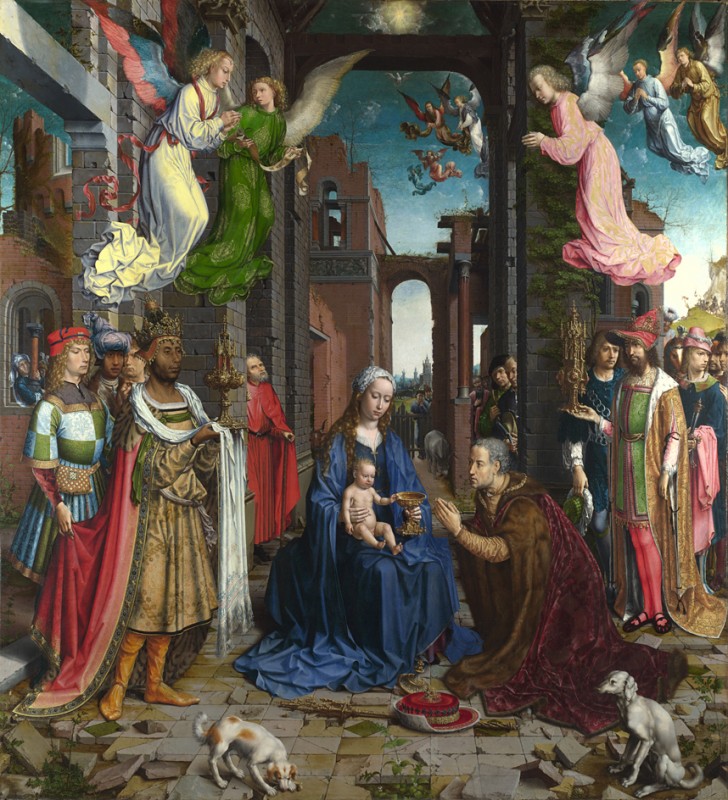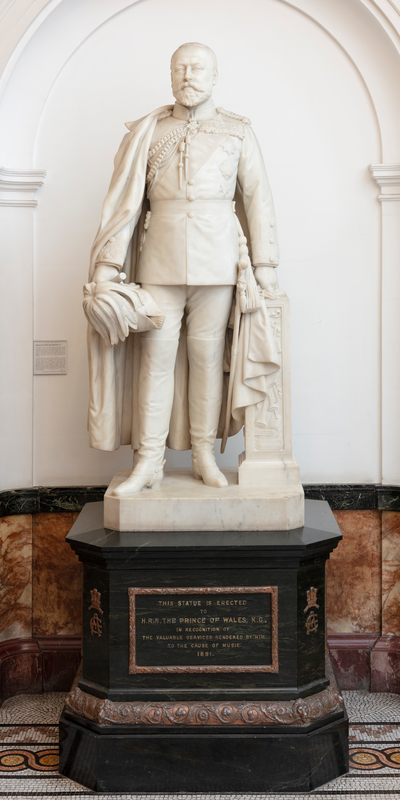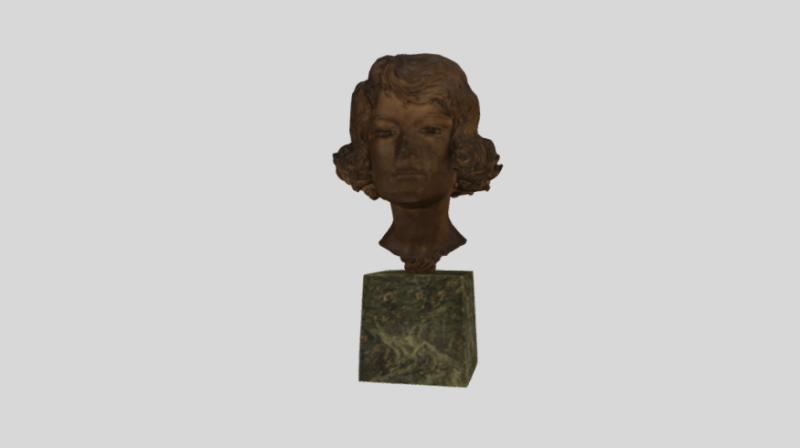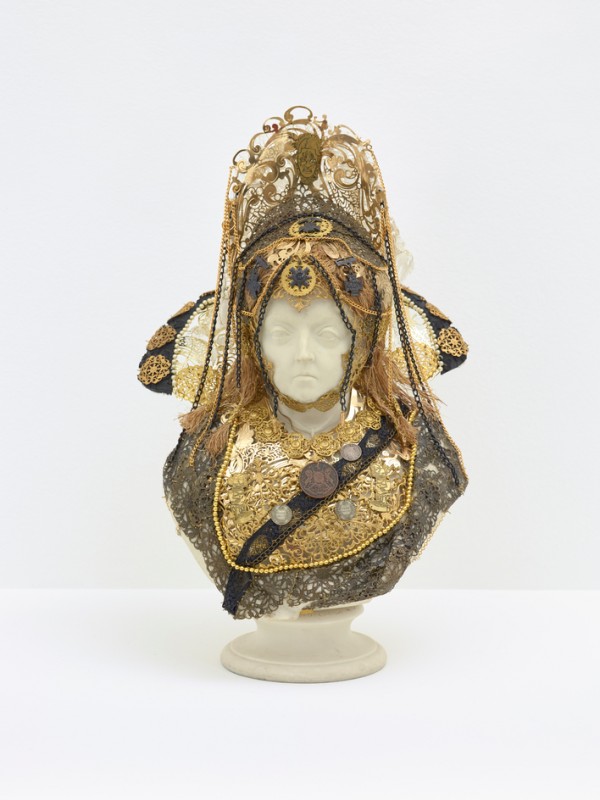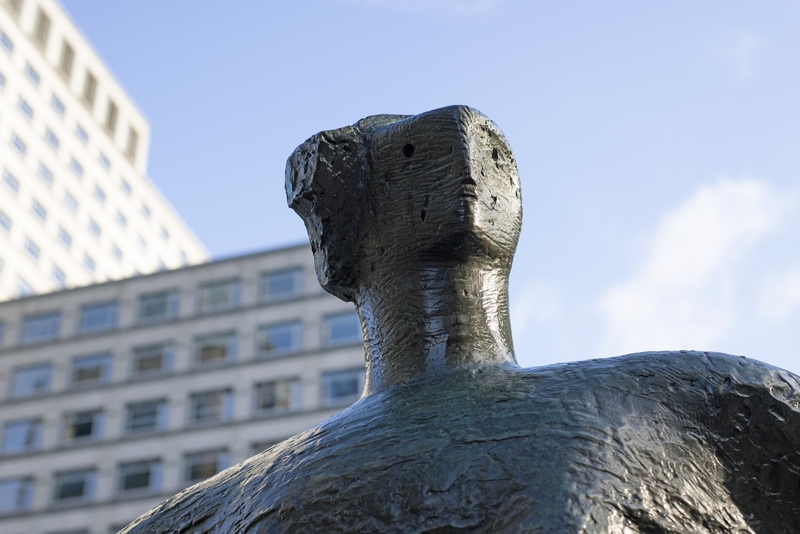Elizabeth I (1533–1603) (the 'Armada Portrait')
This audio clip describes the painting Elizabeth I (1533–1603) (the 'Armada Portrait').
It has been created for use as part of our primary school resource, The Superpower of Looking, in order to support pupils with blindness or visual impairment to take part in the lessons.
Explore the painting further in our resource, Queeen Elizabeth I and the Spanish Armada.
Elizabeth I (1533-1603) (the 'Armada Portrait')
c.1588
British (English) School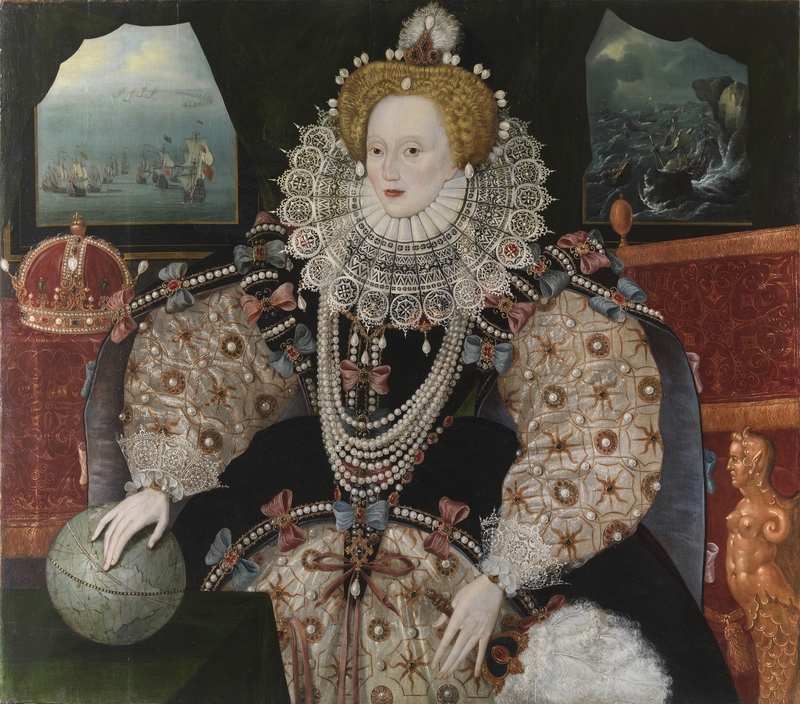
Full audio description text
This is a description of a portrait of a Tudor Queen of England named Elizabeth the First. The painting was created more than 400 years ago, during Elizabeth's reign in the sixteenth century, but the artist is unknown. It is called the Armada Portrait as it commemorates a British victory at sea against an invasion of Spanish ships called the Armada. The portrait is over a metre high and a little wider. It is painted in colourful oil paints on a large piece of oak board. Elizabeth is shown in close-up from her head to just below her waist, wearing a richly embroidered gown. She is in a grand state room with several of her possessions around her, but her image takes up most of the picture. It is big and bold, showing a powerful female monarch who is in charge of others, at a time when it was unusual for a woman to have such authority.
Queen Elizabeth the first, a white woman with piercing brown eyes, is shown slightly side on to us looking out towards our left. Her ornate clothes cover most of her body, leaving just her face and hands uncovered. Her face is long, lean and powdered, so it is very pale. It is unlined and appears youthful. The fashion at the time was to shave your hairline and to wear a wig, and her pale forehead is bare under a tightly woven auburn-coloured hairpiece that sits high on her head. She has thin, curved, painted eyebrows, a strong nose and small red lips that are unsmiling.
Around her neck, she wears a big, circular ruff which is made of stiff white lace. It juts out from below her chin, fanning out either side of her face and rising up behind her head almost as high as the top of her hairpiece. The ruff is woven with a circle motif around the edge and it draws us towards her face in the centre. In fact there are lots of circle shapes in this picture. The Queen's red hairpiece is decorated with large white pearls that stick up along the top. In the centre, it rises higher with a triangular pendant decorated by a single pearl, surrounded with white feathers. Another big pearl hangs just above her hairline and two dangle where earrings might be.
The decoration on her gown is painted in minute detail and the effect is dazzling. The gown has several layers. It consists of a black velvet bodice that is nipped in at the waist and then swells out very wide over the hips. This shape was created by whalebone hoops worn underneath. The black gown arches open at the front of the skirt showing off a cream satin underdress. Her cream satin sleeves are puffed and have lace cuffs to match the ruff at her neck. The velvet is decorated with rows of pearls and red and blue bows with jewelled centres. The satin is embroidered with golden stars and circular medallions. Around her shoulders, the outer velvet layer of her sleeves extends out like a cape, displaying their blue linings. She wears seven long pearl necklaces. Another pearl dangles from a gold pendant below her waist, and more pearls decorate the skirt and the sleeves. Pearls represented purity and were highly prized and costly. Here she is wearing about 800 which was a great display of wealth!
The Queen is positioned in front of a chair of state, to the right of the painting. This is upholstered in rich red fabric with a mermaid carved on its backrest. To the left of the painting, resting on a red-covered surface is an imperial crown. This crown is domed, formed of four bands of gold, topped with an orb and cross. It is decorated with over 300 precious jewels and pearls. Just in front of the Queen on the left is a green table with a round world globe on it. Elizabeth rests her hand on the globe, her finger pointing towards America. In her other hand she holds an ostrich feather fan. Her slender hands are ringless, emphasising the fact that she never married.
In the background, behind the Queen, are two images that show different stages in the defeat of the Spanish Armada at sea. These images have thin gold frames and black velvet curtains, like windows. The one on the left shows the Spanish fleet in the distance, sailing up the channel in crescent formation ready to attack. Drifting towards them are four English Fireships. These are filled with flammable materials and deliberately set on fire. At the front of the image, the English ships wait, with tall masts, sails and flags flying. The other image on the right shows the Spanish ships driven onto a rocky coast, the ships sinking amid stormy seas under dark clouds. Surrounded by these symbolic images of her reign, the Queen is looking out boldly, seemingly unworried by the challenges.
